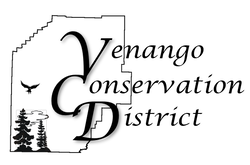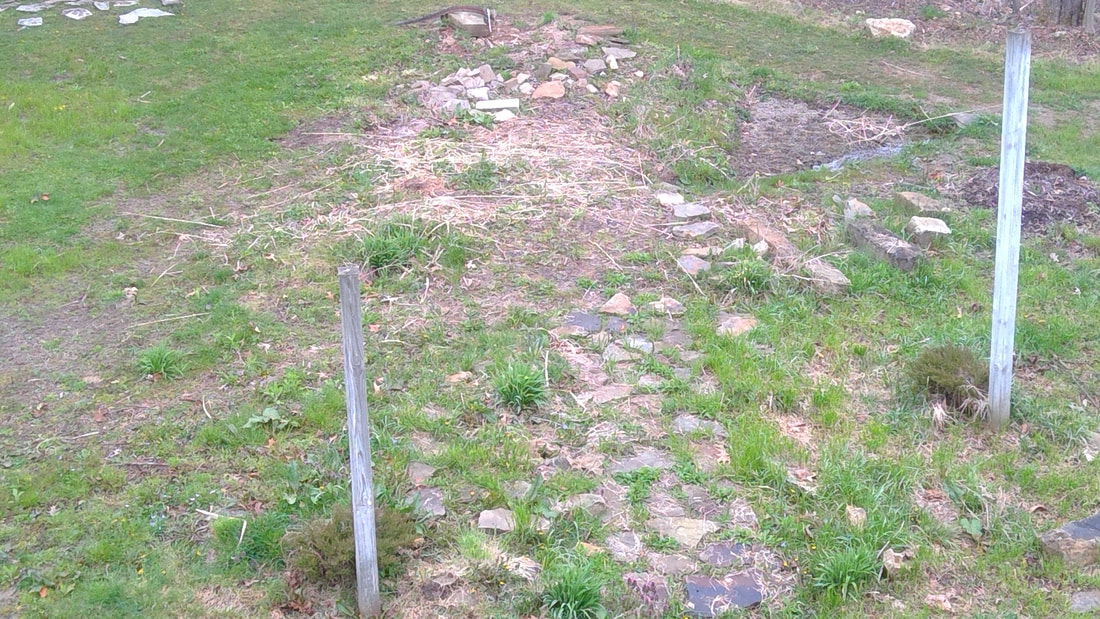|
So, three years ago, my teenaged daughter decided she should carve out her own signature in our yard by starting a pollinator garden. She cleared an area and even planted some flowering shrubs. Then she went off to college and that was the end of that.
She had the best intentions. There has been so much buzz (pun intended) in the last few years about pollinator decline. She wanted to take some action and I am proud of her for that. Meanwhile, back at the weed patch – I mean “pollinator garden” – it is now on me to shape this project into something. I asked myself, what do I need to do in this garden to support pollinators successfully. After some research, I noted that pollinators are more than just butterflies. Bats, birds, beetles, bees AND butterflies and even the wind can all be utilized by nature to pollinate plants. I can’t provide for ALL those species – that thought is a little overwhelming. I’ve decided to focus on bees. I’m not sure what I can do in my backyard to have an affect on the varroa mite infestations which spread hive diseases. I did learn that a loss of habitat is a factor in bee decline, along with exposure to pesticides. I don’t use pesticides in my yard, so I’m already a step in the right direction. Now for habitat considerations. Researches are suggesting that homeowners utilize wildflowers in a selection of their lawn, instead of just growing grass. Bee habitat is my goal. I don’t want to tend hives in my backyard, but I can provide support for solitary bees, which are pollinator bees that are already in my neighborhood. I figure native plants are a good choice. I live in a wooded area, so there are plenty of places for solitary bees to nest. My garden will be about providing food. Bee Balm, sunflowers like Black Eyed Susans, and Cone Flowers are native flowering plants with a nice range of bright native color to attract pollinators like my neighborhood bees. These types of plants will also attract other pollinator species as a bonus. I also need to consider what native plants bloom at different times of the year in order to keep the food supply available for the growing year. The bottom line is that, to be successful, I’ll need to put a lot of planning into a garden to benefit bees. It may take a couple of years to fiddle around with plants and placements. It looks like I’ll need to submit a follow-up or two to report my pollinator garden progress. Meanwhile, check out this really great brochure from the Pollinator Partnership: https://www.fs.fed.us/wildflowers/pollinators/documents/simpletruthbrochure.pdf
1 Comment
|
CATEGORIESs
All
Archives
April 2024
|


